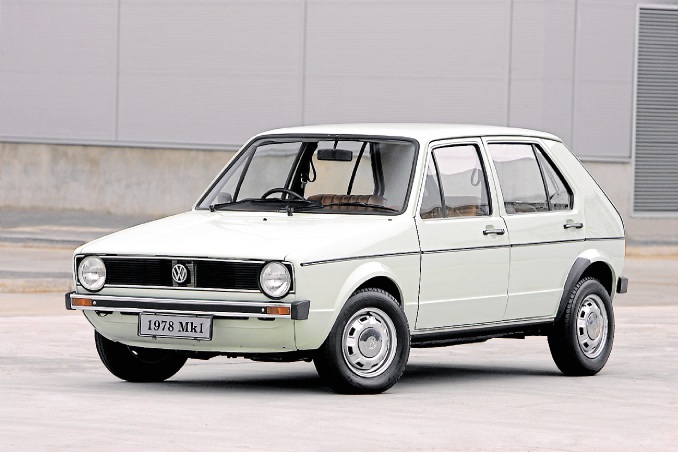A couple of years back while attending the international launch of the Volkswagen Amarok pick-up in South Africa, I managed to score a test drive of an almost new, very old Volkswagen Golf.
That seemingly contradictory drive was due to the fact that a model called the Volkswagen Golf Citi, a mildly upgraded Golf Mark 1, was still being built in South Africa as a low-cost option to the current generation Golfs it coincided with over many years.
The VW Citi was sold over about 25 years after the first Golf was discontinued everywhere else and with upgrades to the mechanical systems to keep it up to date on driving and emissions regulations. In the meantime, Volkswagen has sold about 25 million Golfs, making it by far the most successful model ever produced.
Volkswagen came up with a more formal arrangement for a number of Aussie journalists.
We were in Germany to carry out the first road test reviews of the seventh generation Volkswagen Golf. We had arrived in the country of the car’s birth a few days ahead of the global launch, and Volkswagen brought several examples of previous generation Golfs from the company’s museum for us to look over in detail.
The original Golf is significantly smaller than any of the other models. Although each new one, seemingly inevitably, is larger than the one it superseded, the size differences aren’t all that great. Some of the extra size in the newer Golfs is taken up to provide occupant, and later pedestrian, safety so the interior of the older models isn’t as much smaller as you might anticipate.
Again, the Golf Mk 1 has quite a difference in styling to the ones that succeeded it, with sharp lines and a real character in the shape. From the Golf 2 onwards, there’s an obvious similarity in appearance on the outside.
The one feature that all cars, including the Mk 1, do have in common is the distinctive dog-leg shape of the C-pillar. Indeed, Volkswagen designers now feel duty bound to carry on the tradition from the almost 40-year-old design.
Cleverly, interior style in each model follows a similar theme so that a potential buyer of a new Golf immediately has a feeling of familiarity.
The instrument layout stays the same, with a pair of large dials for speed and, in older cars, a clock; in more recent ones a tacho.







